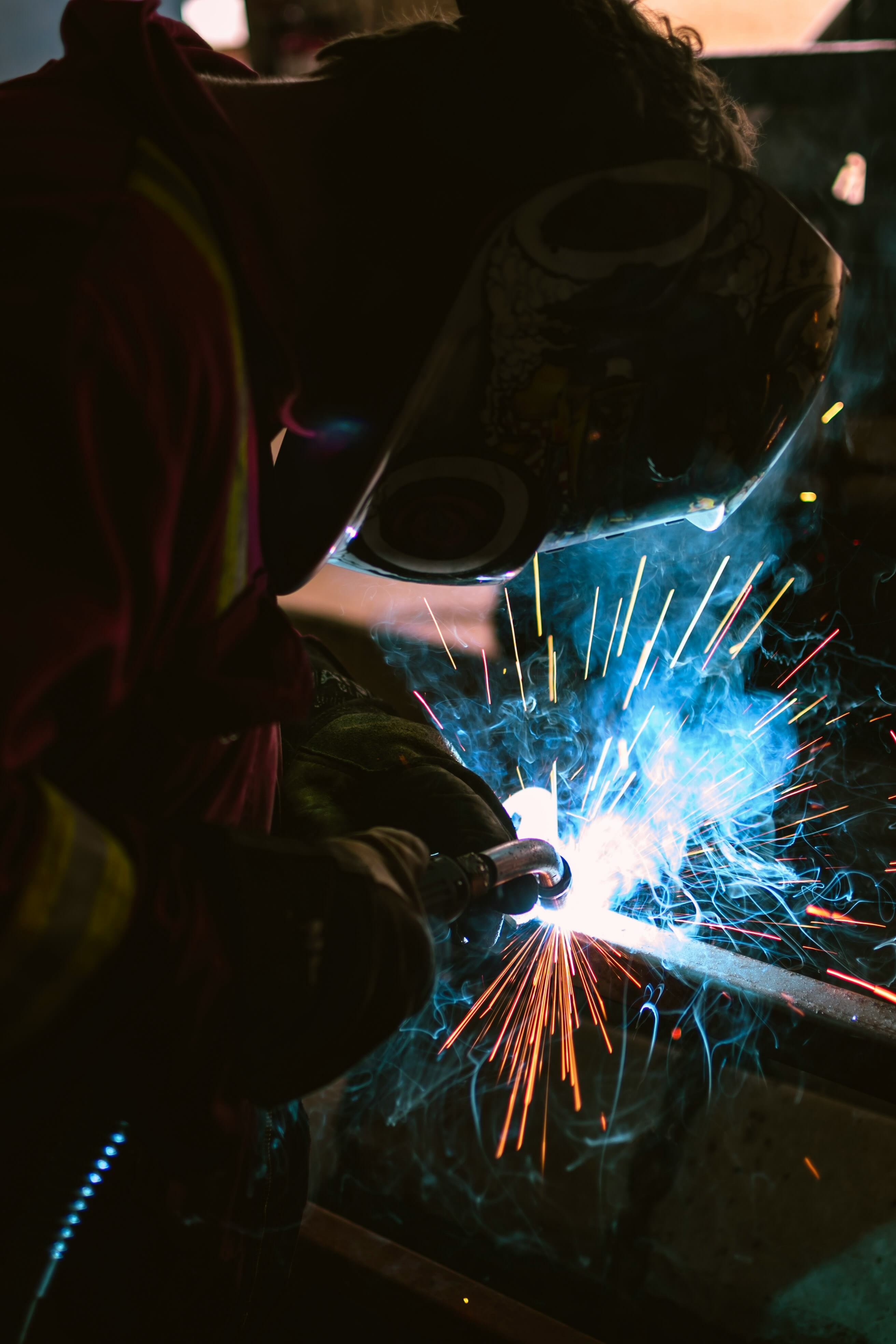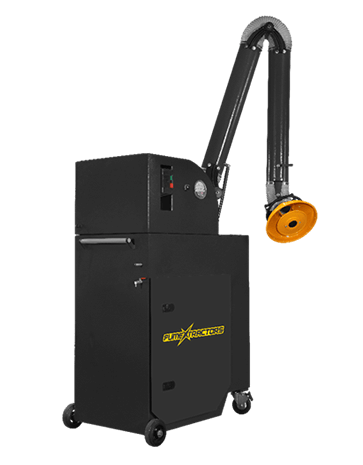Welding Processes That Generate Zinc Fumes
There are many different welding processes that can generate zinc fumes, including gas metal arc welding (GMAW), shielded metal arc welding (SMAW), and flux-cored arc welding (FCAW).
GMAW, also known as metal inert gas (MIG) welding, is particularly prone to producing zinc fumes when used on galvanized steel because of its high heat input and the use of a consumable wire electrode. SMAW, or stick welding, and FCAW can also generate zinc fumes when the welding consumables or base materials contain zinc.
GMAW, also known as metal inert gas (MIG) welding, is particularly prone to producing zinc fumes when used on galvanized steel because of its high heat input and the use of a consumable wire electrode. SMAW, or stick welding, and FCAW can also generate zinc fumes when the welding consumables or base materials contain zinc.
Health Effects of Zinc Fume Exposure
Acute Health Effects
Exposure to zinc fumes can lead to various acute health effects, the most notable being metal fume fever. This flu-like illness typically develops within a few hours after exposure and is characterized by symptoms such as fever, chills, nausea, fatigue, and a metallic taste in the mouth.
While metal fume fever is usually self-limiting and resolves within a few days, repeated episodes can lead to more severe health consequences.
Chronic Health Risks
In addition to metal fume fever, prolonged exposure to zinc fumes can result in chronic health risks. These include respiratory issues like chronic bronchitis, asthma, and lung damage, as well as potential neurological effects.
Some studies have suggested a link between long-term zinc fume exposure and an increased risk of neurological disorders, such as Parkinson's disease, although more research is needed to establish a definitive causal relationship.
Prevention and Control Measures
Given the significant health risks associated with zinc fume exposure, it is crucial to implement proper ventilation and fume extraction measures in welding environments.
Fume extraction systems can effectively capture and remove zinc fumes at the source, minimizing the exposure of welders and other workers. Adequate general ventilation is also essential to ensure that any remaining fumes are diluted and removed from the workspace.
Regulatory Compliance and Best Practices
Regulatory agencies such as OSHA and NIOSH have established guidelines and standards to protect workers from the risks associated with zinc fume exposure in welding environments.
Exposure Limits
OSHA's Permissible Exposure Limit (PEL) for zinc oxide fumes is 5 mg/m³ (milligrams per cubic meter) as an 8-hour time-weighted average (TWA). NIOSH recommends an exposure limit of 5 mg/m³ as a 10-hour TWA and a Short-Term Exposure Limit (STEL) of 10 mg/m³ for 15-minute periods. Upholding these regulations and implementing best practices is crucial for ensuring worker safety and maintaining compliance.
Employer Requirements and Controls
Employers must take a proactive approach to protecting their welding workforce from zinc fume exposure. This includes providing comprehensive training on the hazards of zinc fumes, proper welding techniques, and the use of personal protective equipment (PPE) such as respirators and welding helmets with appropriate filtration.
Employers should also invest in high-quality fume extraction systems and conduct risk assessments and exposure monitoring on a regular basis to identify areas where additional controls may be necessary.
Control Measures
By implementing a combination of engineering controls (e.g., fume extractors), administrative controls (e.g., rotation schedules, designated welding areas), and PPE, employers can create a multi-layered approach to minimizing zinc fume exposure. Failure to comply with regulations and implement adequate control measures can result in serious consequences.
If your facility is not in compliance with OSHA standards, you can be cited, fined, and faced with legal liabilities. Neglecting worker safety can lead to a negative impact on employee health, morale, and overall productivity.
Chronic health issues resulting from zinc fume exposure can result in an increase in absenteeism, higher healthcare costs, and potential workers' compensation claims.
Implementation and Safety Strategy
Employers must take a proactive and comprehensive approach to ensure a safe working environment, provide proper training and equipment, and regularly assess and monitor exposure levels.
By prioritizing worker safety and adhering to established guidelines, companies can minimize the risks associated with zinc fumes, foster a healthier workforce, and avoid the legal and financial repercussions of non-compliance.
Role of Fume Extraction
Fume extractors play a crucial role in mitigating these risks by capturing and removing hazardous fumes at the source to ensure a safer working environment.
Employers and welders have a responsibility to prioritize workplace safety and be proactive in protecting worker health. This includes providing appropriate training, investing in high-quality fume extraction equipment, and adhering to relevant regulations and best practices.
Employers must conduct regular risk assessments, monitor exposure levels, and implement a multi-layered approach to zinc fume control, combining engineering controls, administrative measures, and personal protective equipment.
To ensure the best possible outcomes, welders and employers should seek professional guidance, consult with occupational health and safety experts, and stay informed about the latest developments in zinc fume control and fume extraction technologies.
By staying up-to-date with industry best practices and regulatory requirements, welding professionals can better protect themselves and their colleagues from the hazards of zinc fumes.
Ultimately, the importance of protecting workers from hazardous fumes cannot be overstated. By prioritizing safety, investing in effective control measures, and fostering a culture of compliance and best practices, we can create healthier, more productive welding environments.
Work with the Fume Xtractors specialists to ensure that every welder can perform their essential work without compromising their health and well-being.
You may also like:
• What Effects Do Metal Coatings Have On Welding Fumes?
• Why Is Welding Fume Removal Important?
• Do I Need A Welding Fume Extractor?


